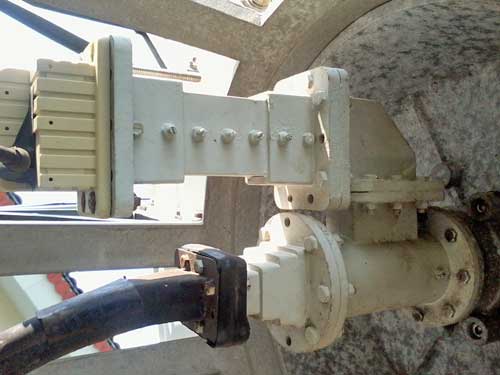Satellite Internet Forum.
Welcome, Guest. Forum rules.To search this site click here > SATSIG search
| Home Login Register |
| Satellite Internet forum › General and other topics › C band transmit reject filter Tx/RX Dish setup |
|
Pages: 1
|
C band transmit reject filter Tx/RX Dish setup(Read 6053 times) |
|
kenshin03
Senior Member
★★★ Offline Posts: 61 |
Jun 27th, 2011 at 10:56am
|
| Back to top |
« Last Edit: Jul 2nd, 2011 at 4:41pm by Admin1 »
IP Logged
|
|
USN - Retired
YaBB Moderator
★★★★★ Offline Posts: 837 Kentucky (USA) |
Reply #1 - Jun 27th, 2011 at 12:35pm
|
| Back to top |
USN (Ret)
IP Logged
|
|
kenshin03
Senior Member
★★★ Offline Posts: 61 |
Reply #2 - Jun 27th, 2011 at 1:56pm
|
| Back to top |
« Last Edit: Jul 2nd, 2011 at 4:52pm by Admin1 »
IP Logged
|
|
kenshin03
Senior Member
★★★ Offline Posts: 61 |
Reply #3 - Jun 30th, 2011 at 6:56am
|
| Back to top |
IP Logged
|
|
Eric Johnston
Senior Member
★★★ Offline Posts: 2109 |
Reply #4 - Jun 30th, 2011 at 4:53pm
|
| Back to top |
« Last Edit: Jul 3rd, 2011 at 11:18am by Admin1 »
IP Logged
|
|
Pages: 1
|
Email me: eric@satsig.net
Powered by YaBB 2.5.2!
YaBB Forum Software © 2000-. All Rights Reserved.
Disclaimer, Terms of Use and Privacy Forum User Agreement Forum rules Cookie policy.



